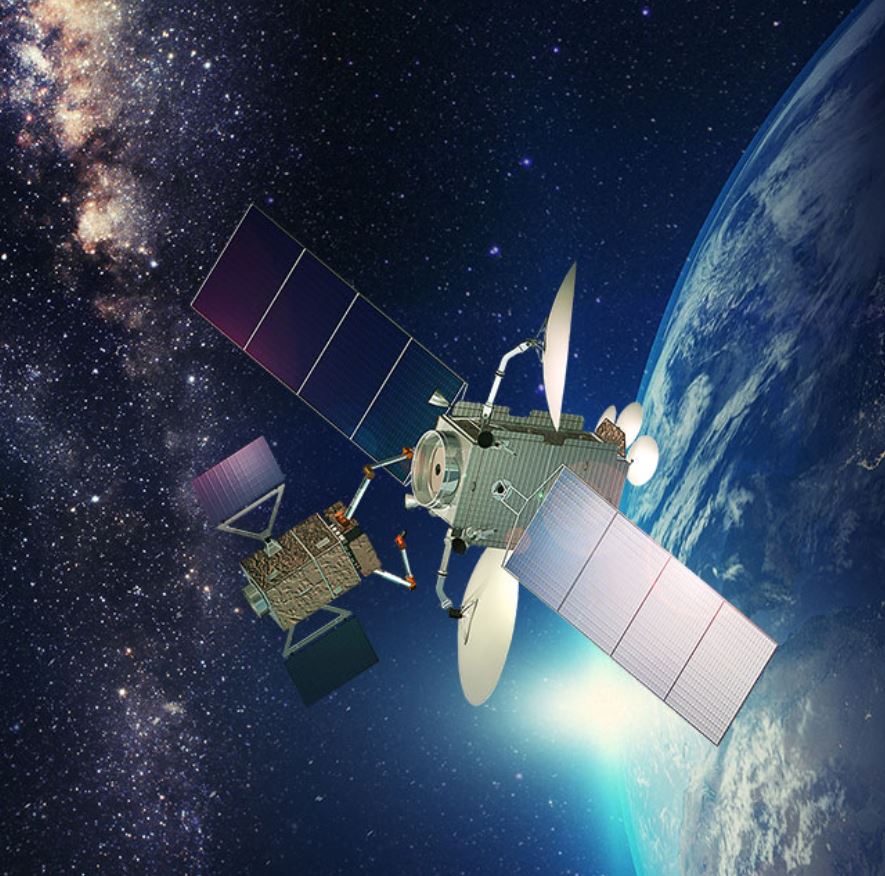 Polish robotics developer PIAP Space Sp. z o. o. is making waves in satellite maintenance with their latest innovation, the TITAN robotic arm. This advanced piece of technology is designed to tackle the crucial tasks of in-orbit inspections, repairs, and upgrades. As the satellite industry grows, Earth’s orbit is becoming crowded with both active and inactive spacecraft, raising the risk of collisions and equipment failures. Many satellites could still function if not for the failure of a single component. Traditionally, fixing these issues required deorbiting the entire satellite, which only added to space debris and mission costs.
Polish robotics developer PIAP Space Sp. z o. o. is making waves in satellite maintenance with their latest innovation, the TITAN robotic arm. This advanced piece of technology is designed to tackle the crucial tasks of in-orbit inspections, repairs, and upgrades. As the satellite industry grows, Earth’s orbit is becoming crowded with both active and inactive spacecraft, raising the risk of collisions and equipment failures. Many satellites could still function if not for the failure of a single component. Traditionally, fixing these issues required deorbiting the entire satellite, which only added to space debris and mission costs.
That’s where autonomous in-orbit servicing (IOS) comes into play, and it’s a key focus for the European Space Agency (ESA) and the global space industry. Enter TITAN, PIAP Space’s innovative answer to these challenges. Paweł Paśko, the head of the mechatronics section at PIAP Space, describes TITAN as the most advanced robotic manipulator of its kind ever developed in Poland and possibly one of the top in Europe.
TITAN is designed with flexibility in mind, capable of handling both orbital and planetary missions, including operations in dusty environments like the lunar surface. This high-precision arm is equipped to manage a variety of tasks—whether it’s inspecting satellites, replacing components, supporting docking, or installing modules. With a reach of 2 meters and seven degrees of freedom, it offers sub-millimeter accuracy and dependable operational reliability. Each joint has its own power lines, data buses, and thermal control, ensuring robust performance.
What’s particularly impressive about TITAN is its modular design. You can easily customize it with different end effectors, such as grippers and sensors, allowing it to perform everything from straightforward servicing to complex construction in orbit. PIAP Space has successfully completed TITAN’s engineering model and final testing, backed by a €2.6 million ESA contract, marking it ready for future missions. It has achieved a Technology Readiness Level 6, proving its capabilities in a simulated orbital setting.
As PIAP Space gears up to adapt TITAN for the IOSHEX initiative—a collaborative effort between ESA and SAB Aerospace—they aim to establish a long-term servicing platform in low Earth orbit. This initiative will see TITAN performing essential maintenance and refurbishment tasks, with support from the ESA Space Rider for component deliveries and recycling of obsolete parts.
PIAP Space has a solid track record in advanced planetary exploration solutions, including contributions to the ESA ARGONAUT lunar lander and the development of modular robotic grippers. They’ll be showcasing the TITAN prototype at the ESA Space Security Conference in Warsaw on April 14 and 15.








